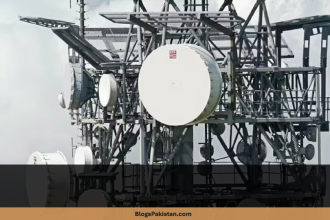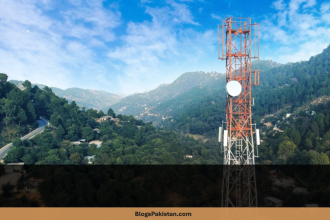The digital landscape of Pakistan is poised for a seismic shift, with the recent confirmation from the IT Minister regarding Starlink’s imminent launch in 2025. This announcement signals not just an expansion of internet service providers, but a potential revolution in connectivity, particularly for underserved and remote areas. The promise of high-speed, low-latency satellite internet from Elon Musk’s SpaceX venture has ignited excitement and anticipation across the nation, heralding a new dawn for Pakistan’s digital future.
For years, Pakistan has grappled with significant connectivity challenges. Vast swathes of the country, particularly in rural and mountainous regions, remain digitally isolated due to the limitations of traditional terrestrial infrastructure. The uneven distribution of internet access has hindered economic development, educational opportunities, and access to essential services. Starlink’s arrival offers a potential solution, promising to bridge the digital divide and unlock the untapped potential of these marginalized communities.
The IT Minister’s confirmation has been met with widespread optimism, as it signifies a concrete step towards realizing the government’s vision of a digitally inclusive Pakistan. Starlink’s low-earth orbit (LEO) satellite constellation is designed to deliver consistent and reliable internet access, even in areas where traditional fiber optic and cellular networks are impractical or non-existent. This technology has the potential to transform lives, enabling remote education, telemedicine, e-commerce, and access to crucial government services.
The economic implications of Starlink’s launch are profound. Enhanced connectivity will stimulate entrepreneurship, fostering the growth of small businesses and startups in remote areas. It will also facilitate the expansion of the digital economy, creating new job opportunities and attracting foreign investment. The ability to access global markets and participate in the digital revolution will empower individuals and communities, driving economic growth and reducing regional disparities.
In the education sector, Starlink’s arrival promises to revolutionize access to learning resources. Remote schools and educational institutions, previously hampered by limited connectivity, will be able to access online learning platforms, digital libraries, and interactive educational content. This will significantly improve the quality of education and provide students with the skills they need to thrive in the digital age.
The healthcare sector is another area that stands to benefit immensely from Starlink’s connectivity. Telemedicine services, which rely on stable internet connections, will become more accessible in remote areas, enabling patients to consult with specialists and receive timely medical care. This will improve healthcare outcomes and reduce the burden on overcrowded urban hospitals.

However, the launch of Starlink also presents certain challenges. The affordability of the service remains a key concern, particularly for low-income households in rural areas. The government will need to work closely with SpaceX to ensure that Starlink’s services are accessible and affordable to all segments of society. Additionally, regulatory frameworks and infrastructure development will need to be streamlined to facilitate the seamless integration of Starlink into Pakistan’s existing telecommunications landscape.
Furthermore, issues of digital literacy and awareness need to be addressed. While Starlink can provide the infrastructure, it is equally important to equip individuals with the skills and knowledge to utilize the internet effectively. Digital literacy programs and awareness campaigns will be crucial in ensuring that the benefits of Starlink reach the widest possible audience.
The environmental impact of Starlink’s satellite constellation is another consideration. While LEO satellites have a shorter lifespan than traditional geostationary satellites, the sheer number of satellites required for global coverage raises concerns about space debris and light pollution. Sustainable practices and responsible space exploration are essential to mitigate these potential risks.
Looking ahead, the successful implementation of Starlink in Pakistan will require a collaborative effort between the government, SpaceX, and local stakeholders. The government will need to create a conducive regulatory environment, while SpaceX will need to ensure the affordability and accessibility of its services. Local stakeholders, including telecom operators, educational institutions, and healthcare providers, will need to adapt and integrate Starlink’s technology into their existing operations.

The year 2025 holds the promise of a transformative era for Pakistan’s digital landscape. Starlink’s launch has the potential to bridge the digital divide, empower marginalized communities, and accelerate economic growth. By addressing the challenges and seizing the opportunities, Pakistan can harness the power of satellite internet to build a connected, inclusive, and prosperous future. This new dawn of connectivity will not only reshape the technological landscape but also redefine the socio-economic fabric of the nation, ushering in an era of unprecedented progress and opportunity.










